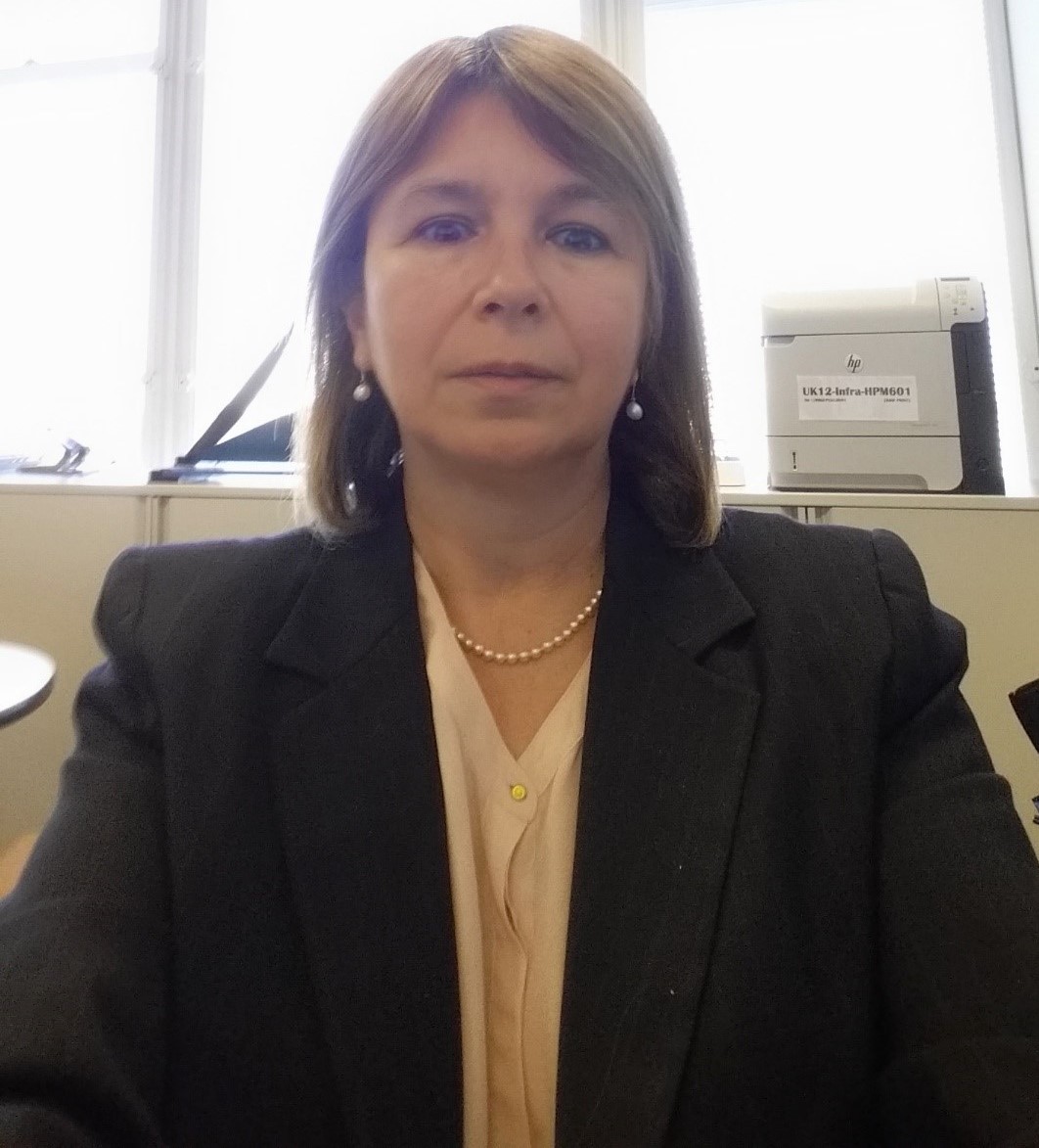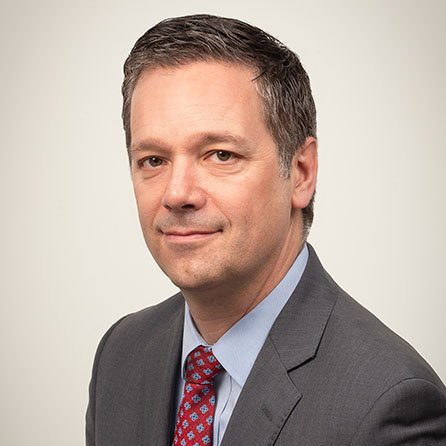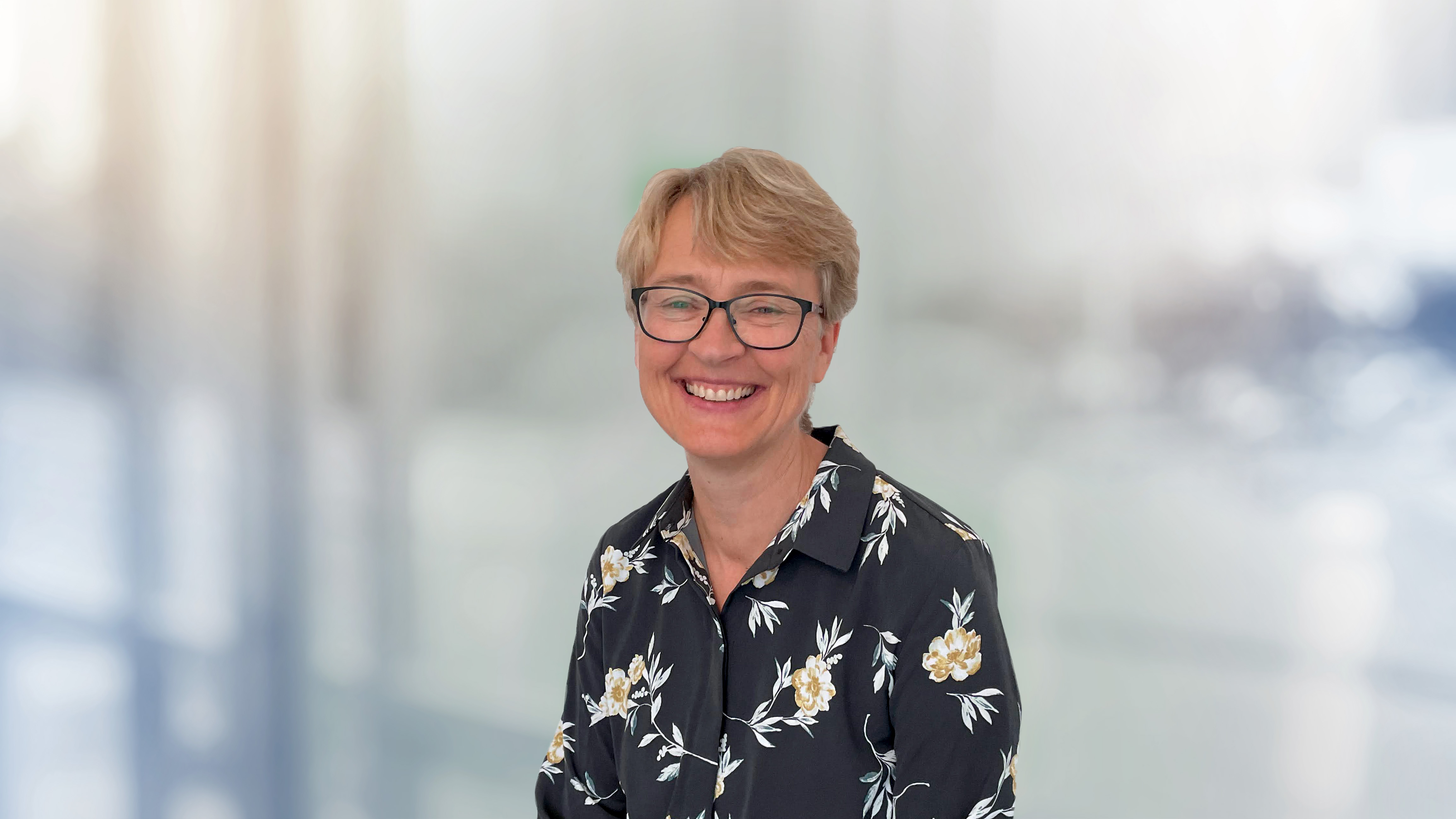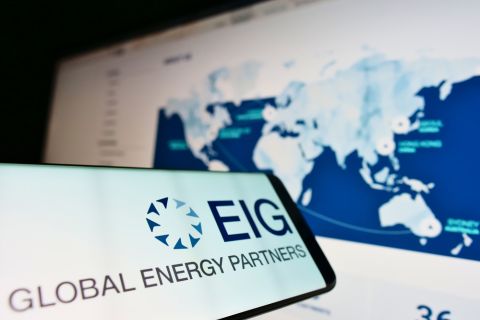Presented by:

This article appears in the E&P newsletter. Subscribe to the E&P newsletter here.
Reducing carbon footprints for oil and gas companies is an enormous undertaking, and even bigger than that is achieving net-zero emissions by 2050. They require clearly outlined plans and advanced technology to turn their ambitions into actions. Service companies TGS, PGS and CGG understand that by helping operators achieve their carbon reduction goals, they are also able to benefit from their success alongside them.
They embark on these missions with the goal to “build on proprietary technology and workflows to bring the best subsurface insight and CCUS [carbon capture, utilization and sequestration] monitoring strategies," according to Dr. Carolina Coll, CGG's head of reservoir development, CCS and energy storage.
“We aim to bring together the advantages of different techniques and data types, including satellite imaging, passive seismic, multiphysics, DAS [distributed acoustic sensing], well-based measurements and other data types, to develop fit-for-purpose monitoring strategies for CCUS and H2 that take into consideration their requirements from a regulatory perspective while aiming to optimize project economics for long-term monitoring,” Coll said.
In an exclusive interview with E&P, CGG's Coll, Jan Schoolmeesters, executive vice president of digital energy solutions with TGS, and Berit Osnes, executive vice president of new energy with PGS, discussed how they are helping operators develop and achieve their CCS subsurface targets.
E&P: How is your company helping operators achieve their CCS goals?
Schoolmeesters: Our aim with CSS is to utlize our vast library of wells, well data, seismic data and subsurface knowledge to accurately identify the most suitable locations for carbon storage. We are also developing highly automated data processing solutions for cost efficient monitoring of stored CO2 through fiber optics in the injection well.

(Source: CGG)
Osnes: The world needs a serious acceleration of CCS project developments in order to come anywhere close to the “net zero by 2050” targets. This means we have to engage as many industrial players as possible to develop the full value chain for CCS, which means that PGS’ traditional client base is now expanded with companies without subsurface expertise.
Coll: We can support clients throughout the life cycle of CCUS and energy storage, including H2. This can be for the initial screening of potential storage sites, during injection operations and also for economics optimization and long-term monitoring after injection ends in the case of CCUS.
E&P: How has your geoscientific expertise been used to develop CCS projects and specifically support clients with such projects?
Schoolmeesters: We recognize that many of our clients are embarking on this energy transition journey, and we feel that as an experienced data company with decades of experience, we have meaningful contributions to give in this space. So last year, we put a team together to study the opportunity of what we can do for the decarbonization of society and the energy market as a whole, including renewables. As a result, we created a new business unit called New Energy Solutions (NES), and CCS is part of its strategy. The NES team is focused on positioning TGS to help our clients get meaningful data and insights into what they are trying to accomplish in terms of renewable energy.
Osnes: PGS multiclient data is in active use by operators to characterize carbon storage sites, both pre- and post-award of storage licenses. We have recently processed the Sleipner CO2 monitor data with a new broadband sequence, and we are soon mobilizing vessels to acquire high resolution 3D data for both Northern Endurance and Northern Lights carbon storage projects. These examples are all in the North Sea, but we are also in quite advanced discussions with clients in other parts of the world where we offer our services to a wide range of industrial players.
Coll: In 2011 CGG joined the feasibility studies being conducted for CCUS development of a storage reservoir in Ireland. CGG used its technologies to process the seismic in order to image faults, looking at the reservoir properties aspects as well as the caprock integrity. CGG also supported with other aspects, such as regional geology studies, seismic reprocessing and regulatory filing to support some of the well abandonment documentation required by the government.
On other projects, our engineering expertise can help clients optimize operations and assess risks, for instance during CO2 injection and potential reactivation of faults due to CO2 pressurization and injection. With our modeling capabilities, we can evaluate the displacement of the CO2 plume in the reservoir; undesired migration of the injected CO2 plume (leading to leakage to surface); and injectivity to determine safe operating envelopes during injection and reservoir uncertainty and integrity.
E&P: What technologies has your company recently developed for supporting subsurface CCS projects?

(Source: TGS)
Schoolmeesters: We've been focusing a lot on existing data [and] making that useful, plus extracting more insight from the data in terms analytics – where should you go, where should you look – and we have combined that into one application called the Carbon AXIOM . This application allows users to place different layers of information on top of other specific subsurface information. So, for instance, you can see where cement factories are located with a lot of emissions, et cetera. The thinking is that as these progress over time, and if carbon storage becomes a more accepted means of dealing with excessive emissions, we can actually pinpoint specific areas that would be a good area to create a storage hub. So whether that's a cluster of manufacturers for cement or ethanol or intense, heavy industries, we would be able to identify suitable areas for carbon storage.
Osnes: What sets carbon storage apart from traditional exploration for hydrocarbons is the increased focus on understanding the sealing capacity of the strata above the actual storage formation in addition to the need for a clear image of the container itself. This is a setting where PGS GeoStreamer multisensor technology comes to its full use, as it delivers high quality data from shallow to deep, without tradeoffs in quality or efficiency. We have also developed imaging technology and quantitative interpretation workflows to take full advantage of the broadband nature of the GeoStreamer data. These high quality datasets are necessary for an optimized understanding of the storage sites in the project development phases.
Coll: For a project in Canada, we used our technologies for geomechanical modeling and our proprietary GEOSIM coupled reservoir simulator to understand the potential impact of fracturing during CO2 injection and what happens to caprock integrity during long-term injection of CO2. Other technologies we have developed for CCUS include novel workflows to screen storage reservoirs that take into consideration not only the static aspects of storage but also injectivity, which will provide more realistic information on storage capacity compared to other CCS databases in the market.
E&P: How is CCS subsurface development benefitting your company's and your clients’ ESG scores?
Schoolmeesters: We've taken a number of steps to bring down what typically are high emissions in a company like ours, specific to Scope 1 and Scope 2 emissions, mainly related to computing. As energy data experts, we use vast amounts of computer power, which has been kept on-site over time. However, as of late 2020, we signed a significant agreement with Google to allow for more computer power housed in the cloud. So now, with most of our heavy compute capacity in the cloud, we benefit from Google's carbon offsetting policy that all their operations are carbon neutral. As a result, that took care of significantly reducing a lot of the emissions that we traditionally had.
Coll: CCUS contributes to both directly reducing emissions in key sectors and removing CO2 to balance emissions that cannot be avoided. This is a critical part of reaching net-zero targets. CCUS is one of the few technologies that can help mitigate emissions from sectors like oil and gas and hard-to-abate industrial sectors like steel, cement and chemicals, and [it] has a direct impact on achieving ESG targets. At CGG we see our involvement in CCUS and energy storage like H2 as critical to helping our clients achieve their net-zero targets.
E&P: Do you see subsurface storage and sequestration projects as a long-term means of reducing environmental impact for your company or your clients?
Schoolmeesters: You see a lot of pushback as well on CCS, particularly in Europe, where environmental interest groups suggest it is an excuse for the hydrocarbon industry to keep going. I strongly disagree. If you look at the energy mix going forward, it will have to be a little bit of everything. Despite best intentions renewables will still need quite a considerable ramp-up time. Having CCS as part of the solution ensures a sustainable low carbon energy supply for the next two decades.

(Source: PGS)
Osnes: It is in every scenario that you see out there from the different agencies. CCS plays a substantial role in all those scenarios in trying to reach the net-zero targets. I have to date not seen one that is ignoring the effect of CCS. And if PGS can be there to help lower the entry barriers to actually get projects going, then I think that is a great contribution to the whole environmental aspect.
E&P: Looking ahead, what do you see for the future of subsurface applied to CCS?
Schoolmeesters: At the moment, CCS hubs are extensive scale projects. For example, if you look at the North Sea, there are five to six different projects in the Netherlands, Denmark, the U.K. and Norway, which are driven mostly by oil companies because they have a lot of knowledge of the reservoirs already. So we see that our data has already been relevant for quite a few of these hubs which provides us quite a bit of activity. We’re also working with some of these companies to further upgrade their CCS operations by optimizing our data and by developing cost efficient processing solutions of repeat surveys needed to confirm safe storage of carbon. What I'd like to see is that, over time, we find more localized solutions so that we cut down on the transport of carbon to these big mega-hubs.
Osnes: PGS has been a pioneer in industrializing solutions for geophysical acquisition and data availability. There is a call for action and speed to significantly ramp up the growth of CCS globally. PGS has access to and ability to handle large amounts of data, which is essential for growth. Monitoring of carbon storage is per definition a long-term activity which needs to come at an affordable cost. We are well placed to help develop the industrial solutions and are definitely in this for the long run.
Coll: Subsurface technologies, ranging from state-of-the-art reservoir characterization to novel monitoring technologies, will play an important role in optimizing CCUS developments and energy storage like H2. New survey designs, using techniques such as targeted 3D seismic and horizontal fiber acquisition will also contribute to much more cost-effective monitoring solutions. With this new information and updated modeling techniques, risk management systems will be improved by informing stakeholders on monitoring, measurement and verification strategies for regulatory compliance.
Recommended Reading
EQT Sees Clear Path to $5B in Potential Divestments
2024-04-24 - EQT Corp. executives said that an April deal with Equinor has been a catalyst for talks with potential buyers.
Matador Hoards Dry Powder for Potential M&A, Adds Delaware Acreage
2024-04-24 - Delaware-focused E&P Matador Resources is growing oil production, expanding midstream capacity, keeping debt low and hunting for M&A opportunities.
TotalEnergies, Vanguard Renewables Form RNG JV in US
2024-04-24 - Total Energies and Vanguard Renewable’s equally owned joint venture initially aims to advance 10 RNG projects into construction during the next 12 months.
Ithaca Energy to Buy Eni's UK Assets in $938MM North Sea Deal
2024-04-23 - Eni, one of Italy's biggest energy companies, will transfer its U.K. business in exchange for 38.5% of Ithaca's share capital, while the existing Ithaca Energy shareholders will own the remaining 61.5% of the combined group.
EIG’s MidOcean Closes Purchase of 20% Stake in Peru LNG
2024-04-23 - MidOcean Energy’s deal for SK Earthon’s Peru LNG follows a March deal to purchase Tokyo Gas’ LNG interests in Australia.




